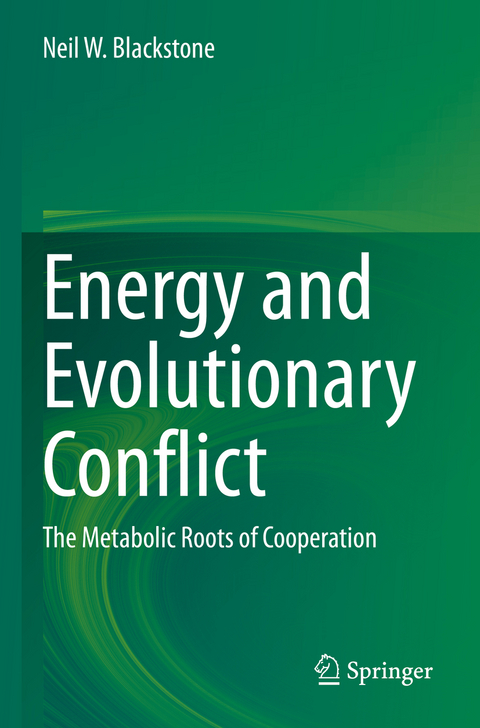
Energy and Evolutionary Conflict
Springer International Publishing (Verlag)
978-3-031-06061-8 (ISBN)
This book argues that these two heretofore distinct scientific disciplines are connected, thereby suggesting that a ubiquitous process of energy conversion may underlie the evolution of cooperation and link major transitions in the history of life that have been regarded as mechanistically unrelated.
Neil W. Blackstone is a Professor in the Department of Biological Sciences at Northern Illinois University. His research seeks to employ evolutionary principles to provide a predictive framework for both current ecological interactions and interactions that occurred earlier in the history of life. He has published over 90 articles and 2 books.
Chapter. 1. Introduction.- Chapter. 2. Energy Conversion: How Life Makes a Living.- Chapter. 3. The puzzle of cooperation.- Chapter. 4. A Thumbnail Sketch of the History of Life.- Chapter. 5. Early insights: a fascination with metabolic gradients.- Chapter. 6. How can metabolism lead to groups?.- Chapter. 7. Chemiosmosis and the origin of eukaryotes.- Chapter. 8. Chemiosmosis and modern symbioses.- Chapter. 9. The evolution of multicellularity.- Chapter. 10. Metabolism and multicellularity revisited.- Chapter. 11. Metabolic vestiges of conflict mediation in modern biology.- Chapter. 12. Conclusions.
| Erscheinungsdatum | 09.07.2023 |
|---|---|
| Zusatzinfo | VII, 124 p. 25 illus., 8 illus. in color. |
| Verlagsort | Cham |
| Sprache | englisch |
| Maße | 155 x 235 mm |
| Gewicht | 213 g |
| Themenwelt | Naturwissenschaften ► Biologie ► Evolution |
| Schlagworte | Chemiosmosis • Evolution • group selection • history of life • kin selection • Reciprocity |
| ISBN-10 | 3-031-06061-X / 303106061X |
| ISBN-13 | 978-3-031-06061-8 / 9783031060618 |
| Zustand | Neuware |
| Informationen gemäß Produktsicherheitsverordnung (GPSR) | |
| Haben Sie eine Frage zum Produkt? |
aus dem Bereich


